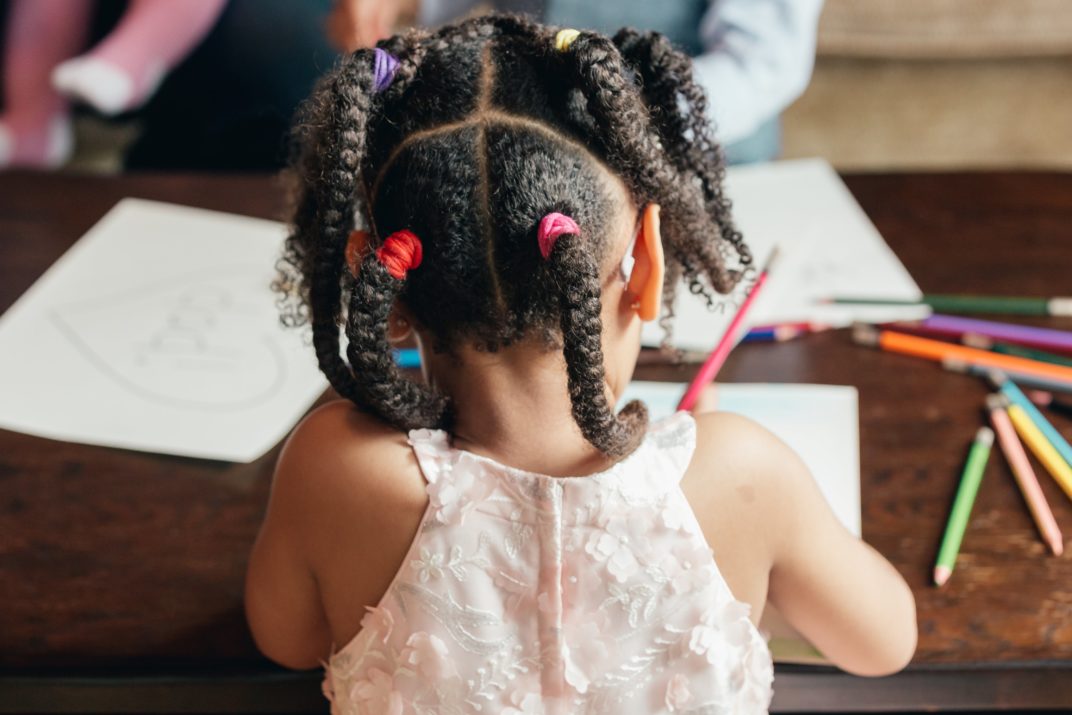
As teachers, it’s important to make students feel safe and comfortable throughout every lesson and activity. Classroom policies can play a particularly important role in helping students of different backgrounds feel welcome and secure.
Here’s how to create classroom policies that protect dignity for all.
An Introduction to Discipline with Dignity
There are many different teaching and discipline styles teachers can adopt. Educator Jane Bluestein, Ph.D. says traditional models usually approach student discipline from a reactive, controlling standpoint. These authoritarian methods tend to be ineffective because they don’t get to the root problem of why students are misbehaving.
Additionally, effective discipline is never about punishment, early education teacher Stephanie Byrne-Biancardi points out at A Fine Parent. Rather, effective discipline uses positive reinforcement to guide and teach students about what they’re doing wrong so that they can correct their actions.
Be Consistent and Culturally Aware
The Milwaukee Teachers Association points out that disciplining with dignity is also about being consistent so students understand which specific actions are unacceptable, and know the consequence of those actions. Reprimanding students differently for the same mistake can cause confusion and isolation, especially among children of different backgrounds.
Education writer Linda Jacobson explains that learning culturally responsive behavior strategies can reduce racial disparities in discipline. When teachers are trained to recognize their own attitudes and beliefs towards students of different backgrounds, they can better create an equal learning climate when it comes to discipline.
Moreover, teachers who learn about these sensitive topics are better equipped at recognizing and upholding dignity issues in the classroom.
Andrea Smith, named the 2018 Colorado Assistant Principal of the Year for Secondary Schools, told Chalkbeat that it’s important never to make assumptions about a student, regardless of the incident at hand. Getting the entire story and helping students feel both valued and heard makes it easier to approach discipline from a place of compassion and tolerance.

Responsive Classroom Management
Responsive classroom management is a great way to create an environment that protects student dignity.
This strategy is designed to approach discipline proactively, according to Lisa Bianco, division head at Shorecrest Preparatory School in St. Petersburg, Florida. Anticipating future disruptions and making rules to prevent them can lead to a calmer, less stressful environment for everyone.
To learn what responsive classroom strategies look like in action, consider The Responsive Classroom approach. This evidence-based strategy focuses on how strong social-emotional experiences among K-8 students translate to academic success. The Responsive Classroom outlines a number of theories and practices for how to strengthen academic competencies and emotional well-being all at once.
Interactive Modeling
One of the core areas The Responsive Classroom focuses on is interactive modeling, which is a way of teaching procedures and routines in a clear, understandable way. From how students should enter the classroom to how they should raise their hand in class, making rules more explicit reduces instances of misbehavior or rule misunderstanding.
Interactive modeling should only be used when there is just one way to do something. It’s also key to give students context as to what is being modeled, and why. The education blog A Word on Third says that this helps them understand the importance of the behavior, which in turn helps them remember the action better. Having students re-model the behavior, then asking them questions about it, is an additional way to reinforce the rule.
Interactive modeling also helps save time and money. Teacher Christine Weis, founder of For the Love of Teachers, writes that when students know exactly what is expected of them early on, it’s much easier to prevent small instances of disciplinary failure. This is especially true for small things that might normally seem insignificant, like using school supplies. But when a student uses school supplies in the wrong way, it can create a mess, cause distractions and waste precious classroom funds.

Logical Consequences
Creating logical consequences is another essential aspect of upholding dignity for students. One school leader told Scholastic’s Lauren Brown West-Rosenthal that the consequence should relate to the offense.
For example, the student who throws trash out of the window will be assigned an hour picking up trash on school grounds. Or, a student who treats another student poorly will be asked to write an apology letter to that student and read it aloud to the class.
When creating logical consequences, remember to see the student’s mistake as a learning opportunity.
It’s also important to remember that children can be honestly ignorant about why their actions were wrong, Dona Matthews, Ph.D., a psychoeducational consultant who has worked with children, families and schools since 1990, writes. Having a conversation about why a certain behavior isn’t acceptable can help the child better learn from his or her mistakes.
Therapist and author Amy Morin adds that to make logical consequences effective, students must be aware of those consequences ahead of time. Providing a warning such as “if you don’t do X, then X will happen.” The consequence stated in this warning should also already be outlined by the teacher in the classroom policy list.
Avoiding Student Shaming
Aside from creating policies that help students uphold their dignity, it’s important to save students from emotional trauma at every possible opportunity. Instead of cold calling on students and waiting for them to answer, for example, special educator and staff developer Aaron Lanou says teachers should give students a chance to opt out.
A “refer a friend” policy might help, where a student can call on someone else to help out with the answer. Or, a teacher can give the student a few minutes before requiring an answer, or let them know that it’s okay to say they’re not sure.
This protects students from shame. Teacher leader and education advocate Nancy Flanagan writes that humiliation and isolation are core aspects of traditional American discipline policies. Many teachers believe that making students feel ashamed is the best way to prevent them from repeating that behavior.
In reality, making a student feel shamed can actually cause them emotional stress and trauma that negatively impacts their learning experience. This is especially true for strict rules such as zero-tolerance policies. Educational researcher Anna Sullivan, Ph.D. says that strict zero-tolerance policies lead to an uptake in suspensions and detentions at school, which put already struggling kids at an even further disadvantage.
Using discipline as a tool for teaching, instead of shaming, is a much more fruitful approach.
Images by: Matthew Henry, Samantha Hurley, Nicole De Khors


What do you think?